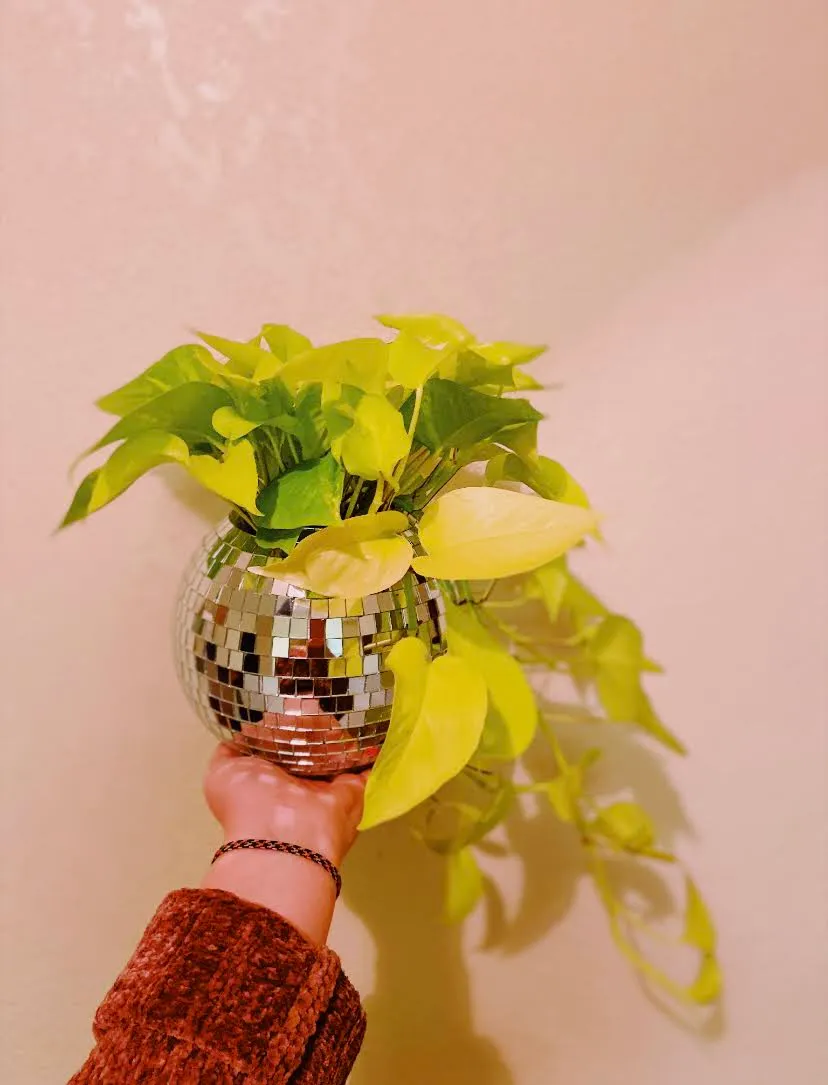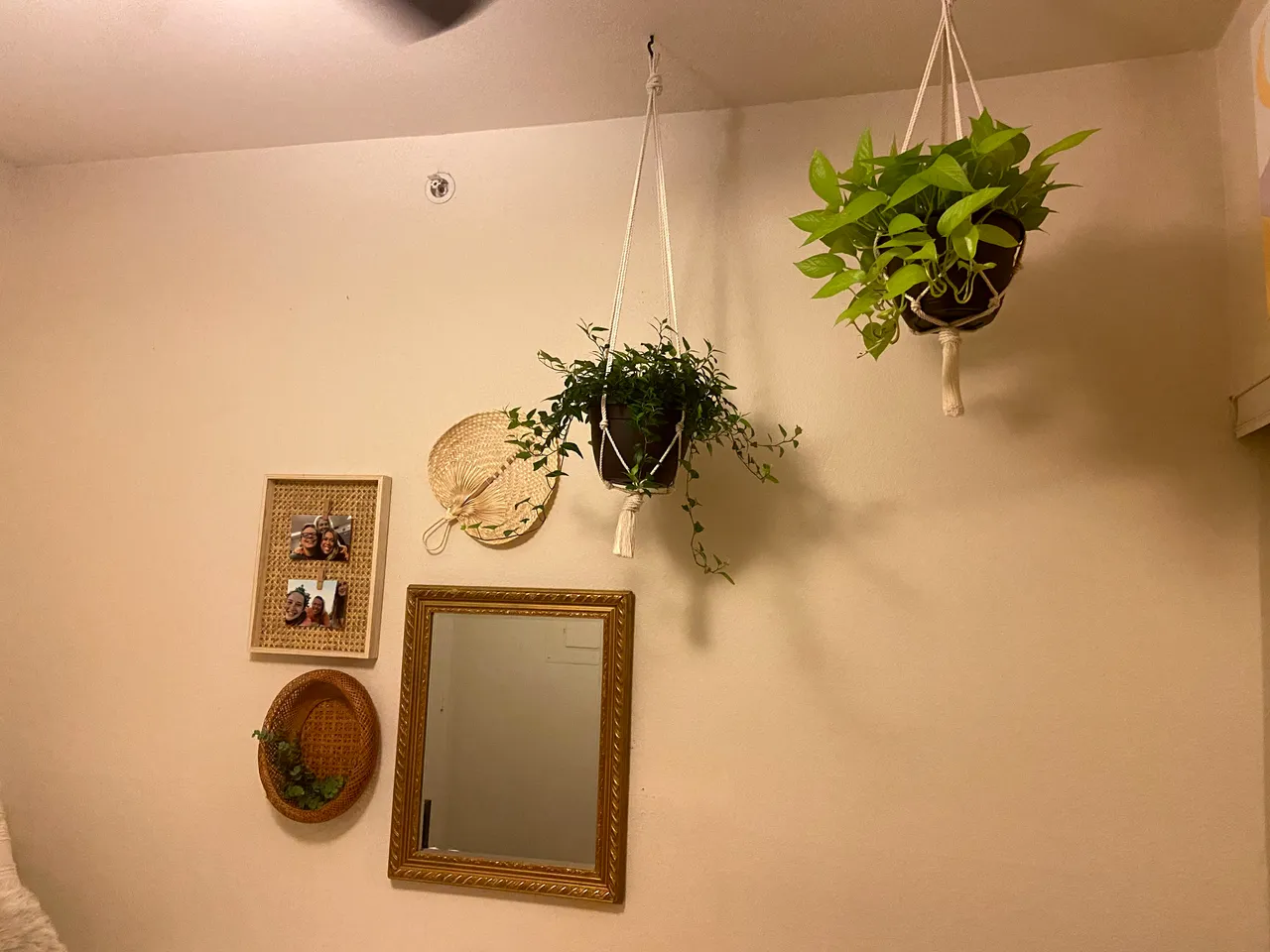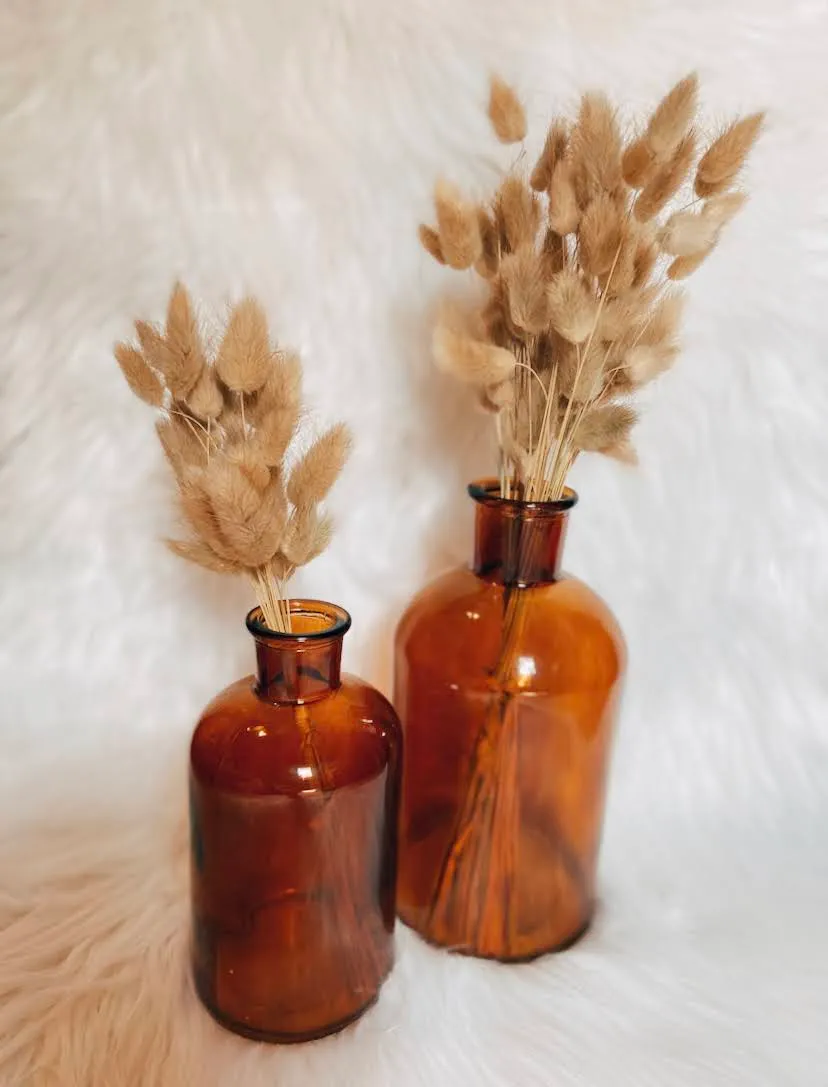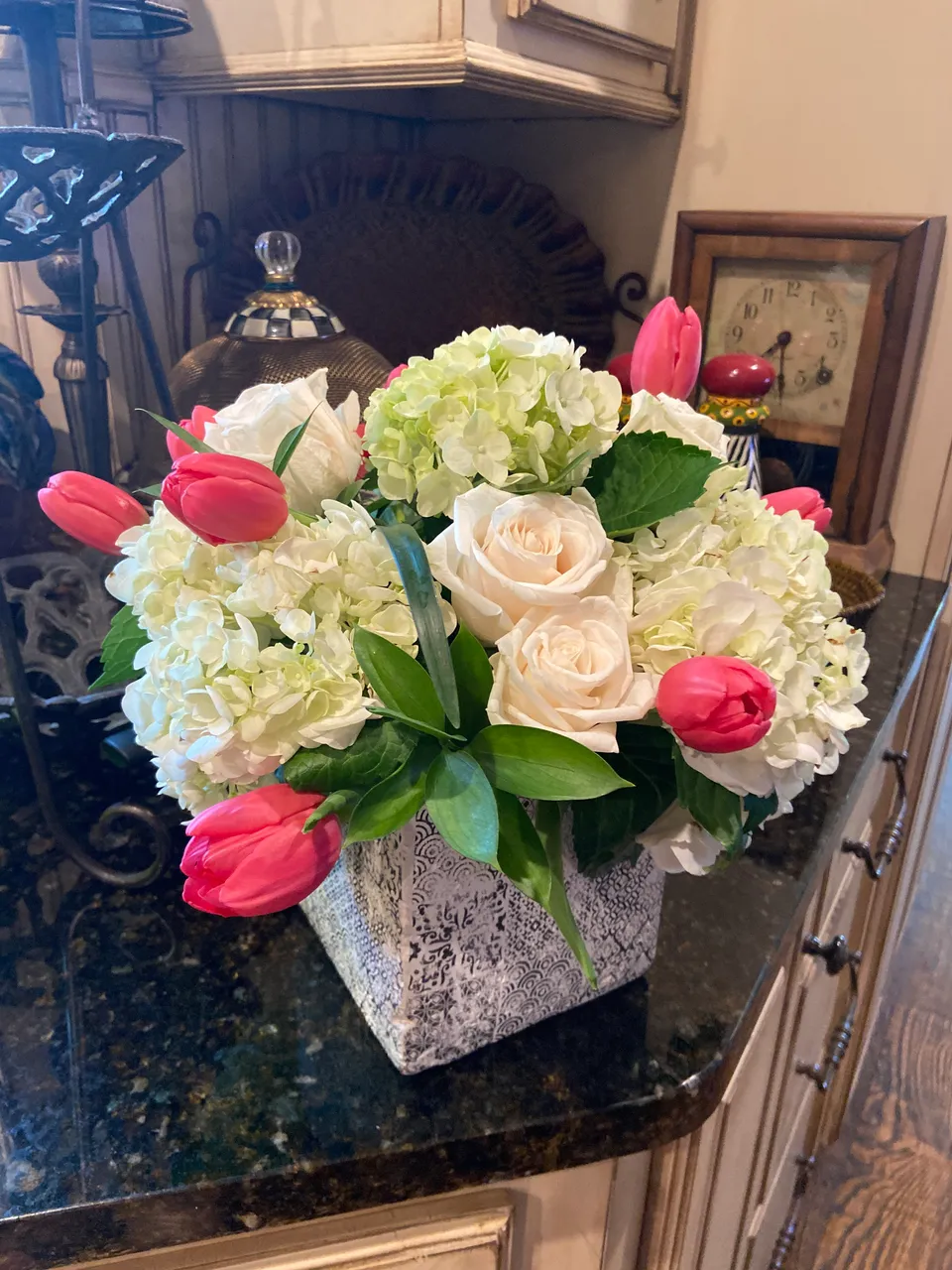It’s not too often that we bring guests into our homes that we so easily kill. Why then, do we love stealing plants from their natural habitats just to bring them indoors to await their demise?
We are seeing a rise every day in the trend of decorating and co-existing with plants indoors. Pinterest users fill their pages with lush, jungle-like rooms, and business owners are beginning to reflect the trend in their storefronts.
Stitch Café is a coffee bar that also houses The Plant Shoppe. “We wanted to create a place of euphoria and plants help create this vibe, so we put as much greenery we can around you,” says Chad Grubbs, owner of Stitch Café. “Coffee and plants just make people happy and the more we collaborate and bring people together it allows people to create unique and wonderful moments.”
Chad and his wife Jen Semmler, owner of The Plant Shoppe, say business is booming for both places as people come to satisfy their craving for plants and the “therapy” they provide. People leave with both coffee and plants in tow, off to fill their homes with the same sense of bliss and liveliness they feel in the store.
Consider the Space
In order to effectively bring the indoors to life, homeowners must first realize the ways their space is being maximized, says Melissa Welsh, owner and lead designer at Welsh Design Studio. “The thing I first notice when clients ask for advice on this is typically, they’re just not using enough plants at all in their homes. There’s just a lot of bare spaces,” Melissa says.
Fortunately, design has become more casual over the past years, and Melissa says even fake plant and floral textures are abounding in all types of stores, opening the way for perfectly balanced interiors.

Consider the Plants
Although people want to bring more and more plants into their homes, inside is not always the ideal place for them. Dr. Lou Anella, Director of The Botanic Garden at Oklahoma State University, explains “plants in an indoor environment are usually just barely surviving.” Plant owners must understand the needs of their plants to keep them alive.
People who do too much research on the plants before purchasing them, however, may scare themselves out of a very rewarding hobby, says Lou. Plants have a specific set of needs that have to meet in order to fulfill their purpose and survive.
Consider the People
People develop strong connections with their environment. "If people can see nature, if people can be around nature, it increases their well-being,” says Heather Carter, doctorate in human environmental studies.
While early interior designers were tasked with further elevating the status of the wealthy, the industry has evolved as a way for designers to promote the “health, safety, and welfare” of people, Melissa says. Plants are the perfect medium to bring a sense of vibrancy to a space that nothing else can.

Make it Happen
Begin by examining your space. Look for empty areas and utilize plants to create a path for the eye to follow through your home. Melissa says that places like corners, bookshelves, and tables are often missing the perfect plant to tie the room together. Add those foliage pieces to your space and watch as your home begins to feel more alive.
Utilize the resources available to you. Plants add a unique visual interest and texture to a space that you can’t quite get from other mediums, and
there are so many forms to choose from.
Fake plants look more realistic than ever before, and “faux plants are always better than no plants,” Melissa says.
Pay attention to other elements of design like scale and color. Place pieces where they fit in size and shade. Plants are safe to treat like a neutral, but make sure the container you plant them in fits your color scheme and style, Melissa says. You can easily ruin what a plant brings to a space by putting it in the wrong vessel or location.
Use groups of odd numbers to create continuity throughout the design. Heather says designers live by this principal. Even quantities can leave the room with a sense of finality, but odd numbers will help create a flow throughout the space.
Be careful as you introduce these new elements into your home. People love to care a nurture things like plants, but sometimes plants are not so kind in return. Christmas Poinsettia’s and trailing Ivy’s can be beautiful, but they are also poisonous Melissa says. Don’t introduce a hazard to your family just for the sake of beauty.
Pay attention to how the plants affect you. “Nobody likes feeling like they’re killing things all the time,” Heather says. This feeling of failure can quickly dismiss the benefits of plants in your home. If you can’t keep them alive, opt for fake options.

Set yourself up for success by knowing and learning about your plants, Lou says. The typical houseplant you buy will need a lot of sunlight, proper watering, and diligent care. Make the space and time to properly care for your blooms.
Know how your plant needs to be fed. Light is true plant food, plants like to have a lot of it. Most of your houseplants evolved in tropical climates, and they need the sun to replenish carbohydrates and stimulate growth. Keep your plants by south-facing windows where possible and move them outside during the summer.
Understand what labels mean and avoid over-fertilizing your plants. Fertilizer is often labeled as “plant food,” but it is actually just a nutrient, Lou says. Don’t fertilize more often than every few months to a year, as excess nutrients can easily harm the plant you want to see thrive.
Maintain the integrity of your plant’s soil. After watering with tap water and fertilizing, your plants are susceptible to build up in the soil. Water is treated with chemicals that plants are very sensitive to, Lou says. Leave your watering can sitting overnight to allow some of the fluorides to effervesce and repot your plants every year or so to loosen those build ups and give it more room to grow.
Water your plants the right amount. The leading cause of plant death is over-watering, so make sure to be attentive to your plants specific water needs. Lou says the best way to tell if your plant needs watering is to lift the pot. After you have had the plant for a while, you will be able to tell when it is storing water. You can also feel the soil to measure how dry it is, but never rely purely on visual signals.
Water your plants correctly. “To let a plant sit in water is the quickest way to kill it,” Lou says. Make sure your plants are in a draining pot and really drench the soil when you water them. Allow the water to drain in sink or plate to let those build ups flush out of the soil.
Don’t fall for gimmicks like pots with water reservoirs and bulbs that water for you. Those tools are never a long-term solution and don’t actually save much time for the user, Lou says. Stick with a watering routine that will help you get to know the plant.
Have fun in your journey and don’t be discouraged by your failures. “Even old, experienced Horticulturalists have a saying,” Lou says. “If you’re not killing 25% of what you’re growing, you’re not trying hard enough.”

All photos taken by me.